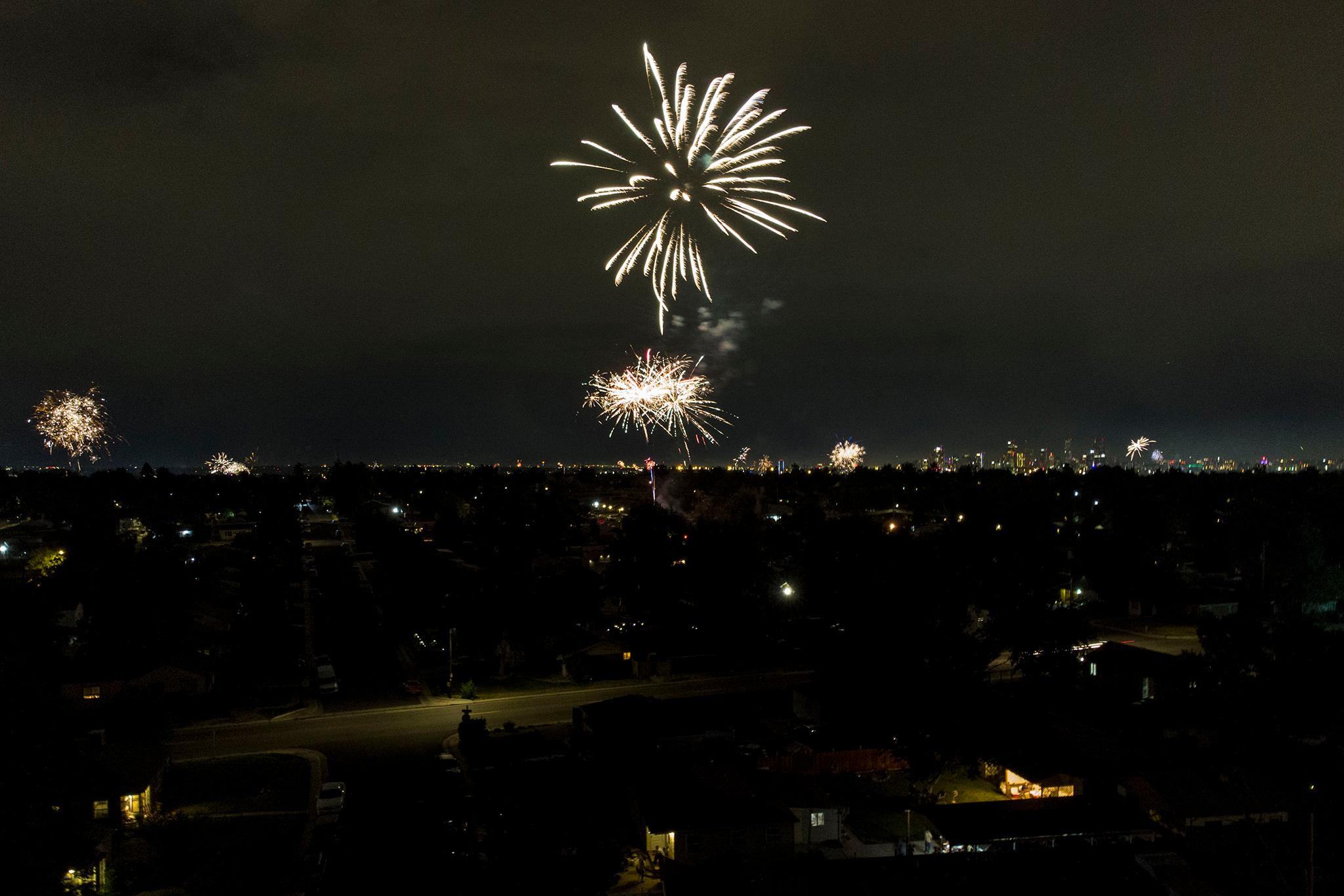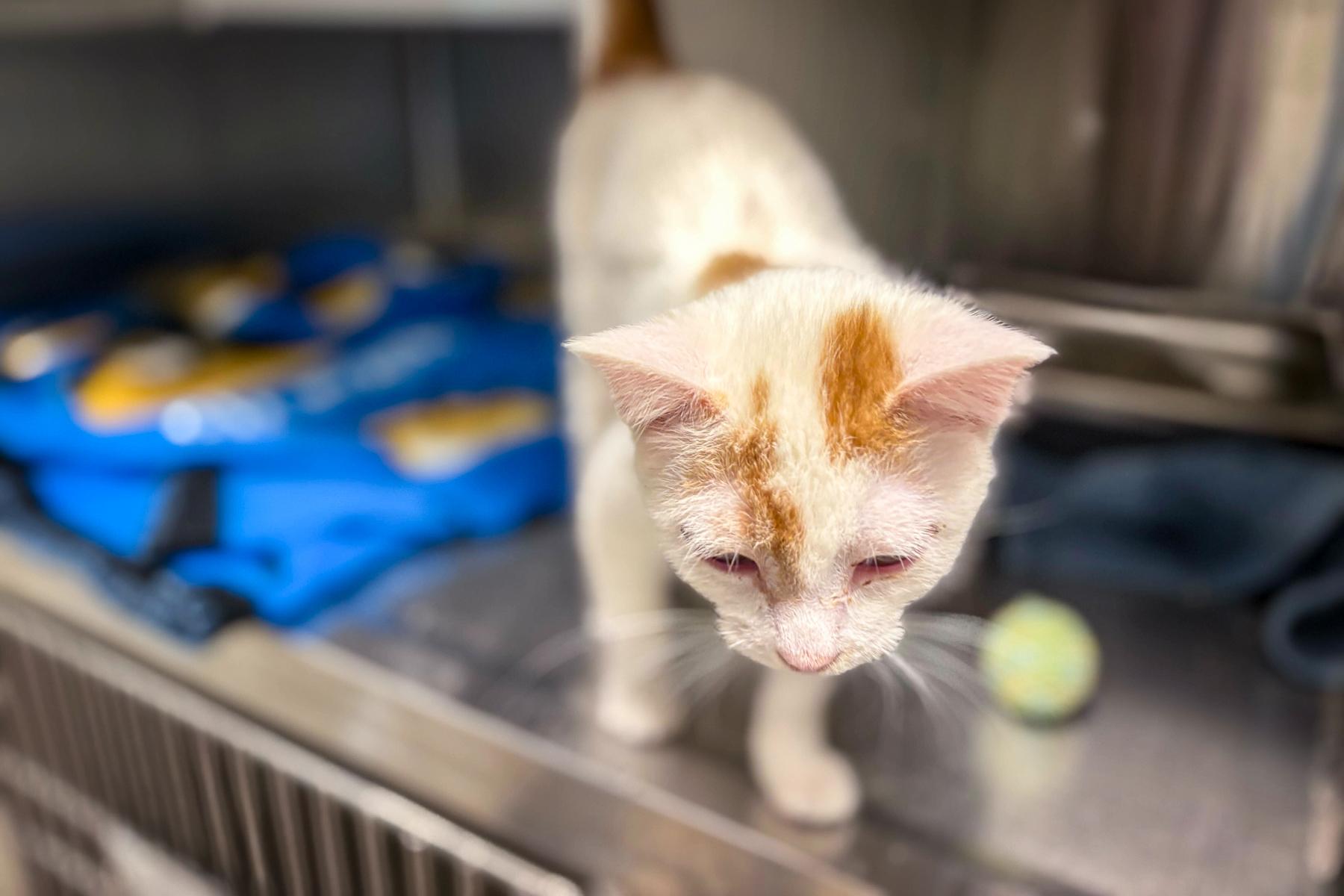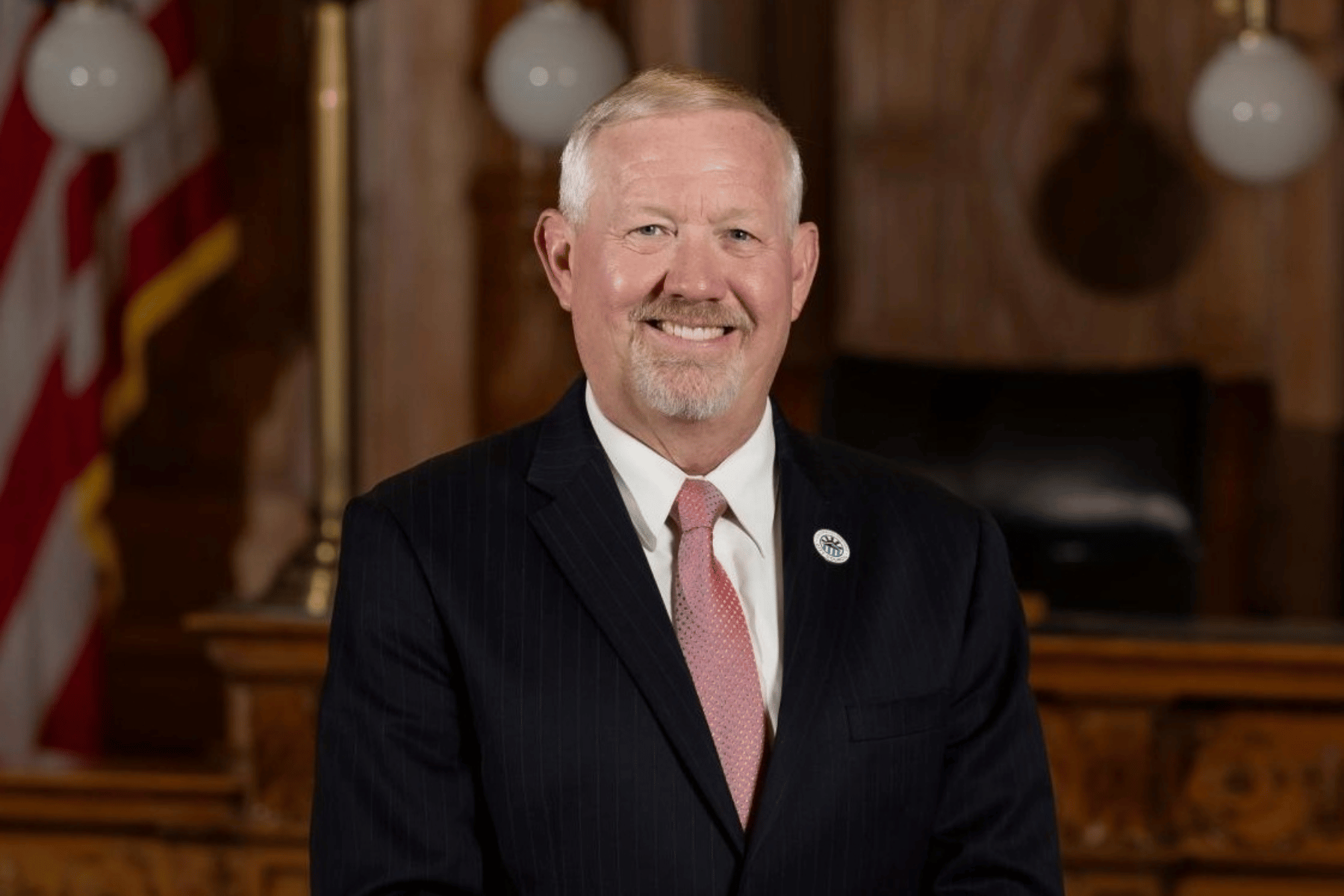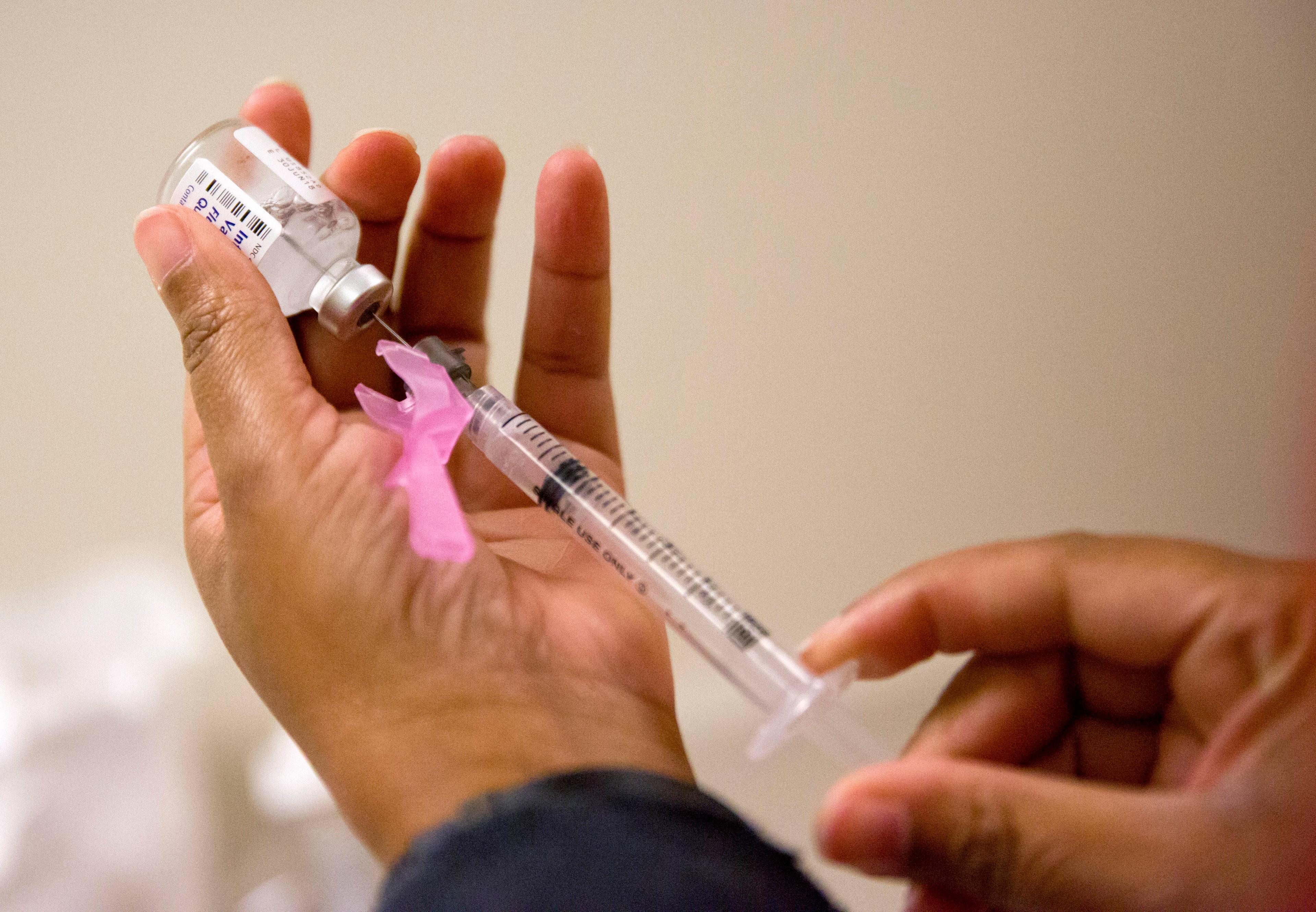
Plant seeds are jam-packed with genetic data. In the search for a more productive food web, scientists have studied agricultural seeds for decades. It’s part of the reason why the U.S. Department of Agriculture founded the National Lab for Genetic Resources Preservation in Fort Collins, Colorado.
Scientists with a relatively new collaborative, Project Baseline, have stored seeds inside the lab on the Colorado State University campus for another purpose: To study how U.S. wild plant species adapt to climate change.
“All other seed banks have been designed for the important work of preserving genetic variation in crop species or for rare or endangered species,” said Susan Mazer, a professor at the University of Santa Barbara and co-founder of Project Baseline. “To understand the process and outcome of evolution that’s going to be experienced by these common species over the next few decades we had to design a seed bank that focuses exclusively on widespread and common locally abundant species.”
In a year when climate change is a point of debate in the presidential election, scientists know it’s happening. This proactive approach is a key pillar in Project Baseline’s foundation.
It’s A Secure Collection
Project Baseline -- and all USDA seeds -- are stored in a freezing cold vault.
“It’s a building within a building,” explains Research Leader Christina Walters, who along with a few other USDA workers have access to the highly secured part of the building.
If seed storage sounds hum-drum to you, get a load of the security for this part a building that blends in at CSU.
“The statistic I use is that it can take a Cadillac hurling at 70 miles per hour on the roof and not make a dent,” she said.
The vault is built to withstand flooding from nearby Horsetooth Reservoir.
Wild Plants Matter
What makes Project Baseline unique compared to other seed banks is that the focus is on wild species. It’s designed specifically for the detection of evolutionary change as plants respond to extreme weather events, fragmentation of landscapes and climate change.
Take clarkia. The wildflower is found in California. Mazer said there’s a shorter growing period since it flowers right before rain stops and soils dry up for summer. It’s nickname is “farewell to spring." As the climate warms, these flowers will come under more stress.
“The genus clarkia -- it’s kind of a canary in the mine because it is already flowering at the latest part of the spring when the soils are really drying up quickly,” Mazer said. “As the length of the growing season in the spring continues to become even shorter...groups of wildflowers like clarkia are going to be particularly at risk.”
Some Colorado wild plant species stored in Project Baseline include blue columbine, cheatgrass, sweetclover and blackeyed susan. Seeds were collected in Colorado spots like Roosevelt National Forest and others across the country including California and Minnesota.
Each Seed Type Gets a Physical
In a lab away from the seed vault, CSU student Ryan Lynch processes seeds for the Project Baseline collection. Before seeds enter the freezer, workers like Lynch record handwritten information on seed packets that include the type of plant seeds, and where they were gathered. A small amount gets germinated.
“Having stuff like that allows us to look back in the future to see how yields may be changing,” Lynch said.
Seeds take many shapes and forms. One type, yellow monkey flower, doesn’t even look like a seed. It’s like a tiny spec of dust.
Here’s the crazy part: Every new type of seed added to the collection gets checked to make sure it’s viable, kind of like a short physical for humans. To accomplish this, Lynch dissects a couple of the small monkey flower seeds under a microscope.
Christina Walters says seeds can last up to 100 years if properly stored.
“Everyone has this idea that seeds are rocks. But here you have an appreciation that they’re living. They just don’t look like they’re living,” she said.
Biggest Customers Are Future Scientists
Visit the Project Baseline collection in the vault, and you’ll notice a lot of empty shelves. That’s because the USDA’s seed vault is built for the future.
“Our biggest stakeholders are future scientists,” Walters said. “They’re the ones that are going to inherit the collection and figure out what to do with it.”
The key idea for Project Baseline seeds is for them to be used in what scientists call resurrection experiments. This is where researchers grow older Project Baseline seeds along with plants from the same location that may have evolved. They have the same exact conditions. Differences can be attributed to plant evolution.
Project Baseline seeds could be used by scientists as soon as 2019. Organizers will prioritize plant species that see the most stress due to drought, and other weather conditions that come with climate change.









